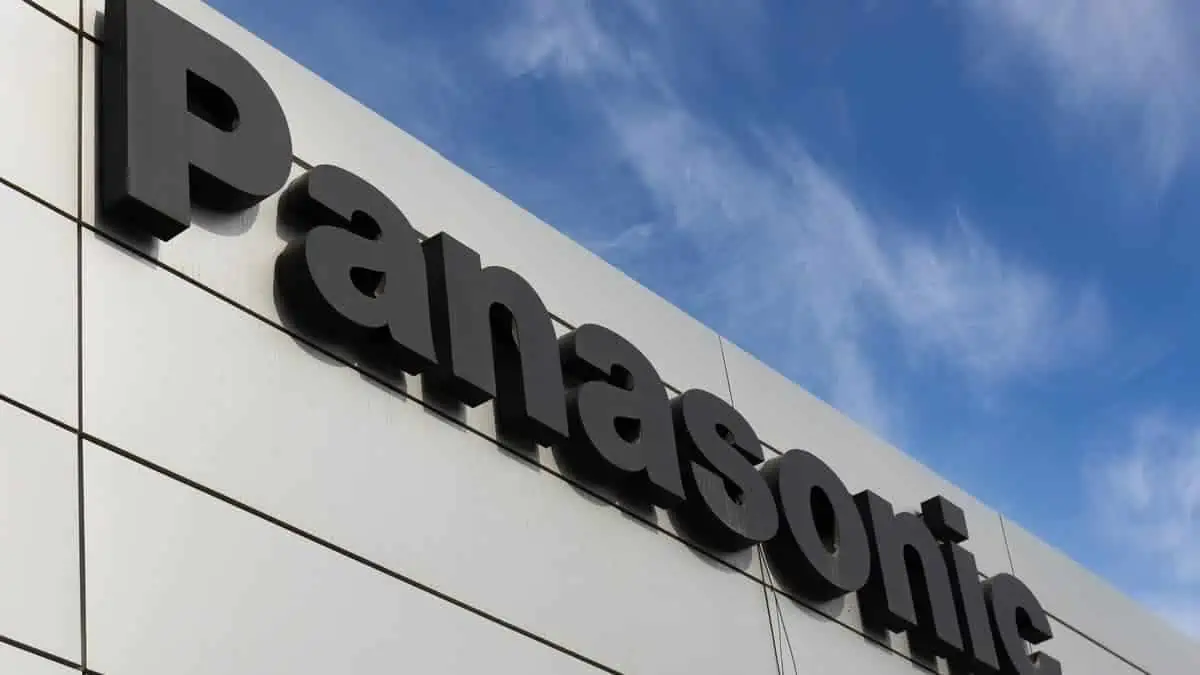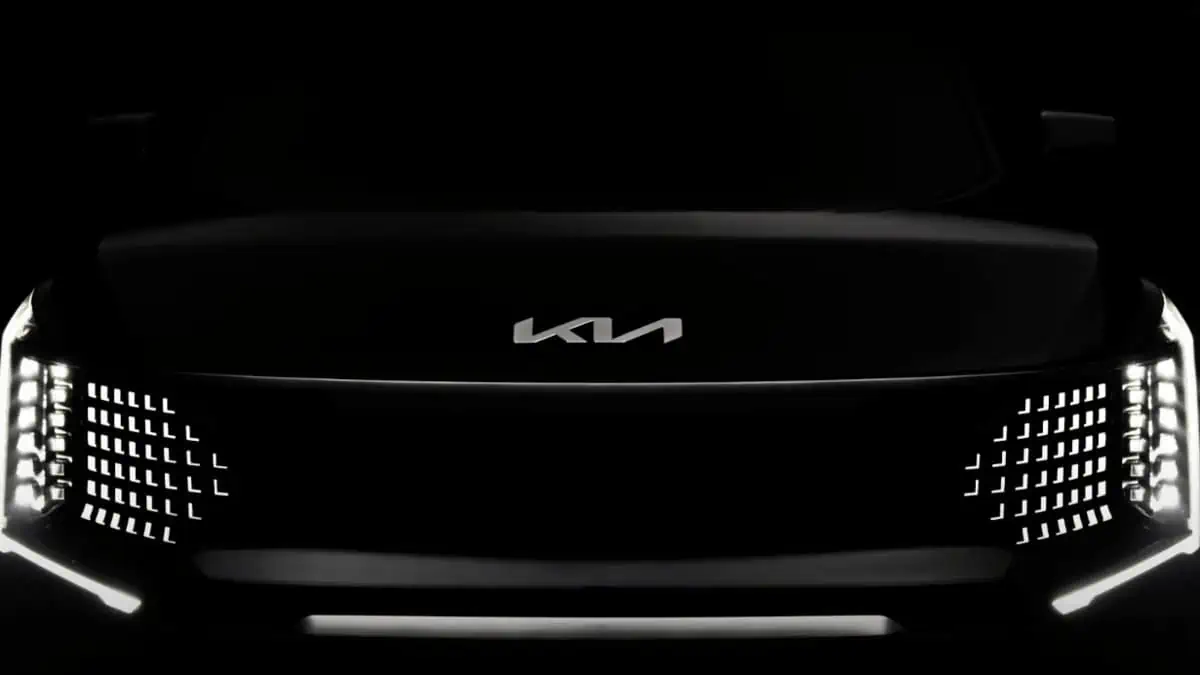Japanese battery giant Panasonic officially announced Friday its newly formed partnership with Queensland-based battery materials and tech firm NOVONIX to boost its li-ion electric vehicle battery production in the US.
Agreement details
According to the press release, Panasonic and NOVONIX formally inked a binding off-take agreement for sustainable synthetic graphite supply to support the Japanese battery maker’s production ramp-up.
For context, synthetic graphite is a crucial component of li-ion battery anodes for electric vehicles. That said, Panasonic will source 10,000 tons of graphite from NOVONIX over four years.
As part of the deal, Panasonic will utilize NOVONIX’s synthetic graphite in its electric vehicle battery production plants in the US.
Meanwhile, NOVONIX will ship synthetic graphite supplies to Panasonic’s domestic facilities from Tennessee starting next year.
Primary purpose
This new partnership will play a significant role in Panasonic’s main goal of 50% carbon footprint reduction in its entire li-ion battery supply chain by 2031 from 2022 levels.
For context, a large portion of Panasonic’s carbon emissions come from resource mining, raw material processing, and logistics.
In that sense, the Japanese battery giant seeks to cut its CO2 emissions not only in battery production but in its entire supply chain.
What’s special about NOVONIX’s tech?
Li-ion battery graphite currently has two types, including natural and synthetic. Panasonic noted that Synthetic graphite delivers better durability that supports more reliable charging and discharging performance.
However, its production process tends to consume high energy levels that result in carbon emissions. In a significant development, NOVONIX’s proprietary graphitization furnaces significantly lowered the production cycle from 30 days to just about three days.
That said, this breakthrough can significantly cut CO2 emissions during synthetic graphite production than traditional Acheson furnaces.
It is indeed a notable step towards Panasonic Energy’s primary objective of reducing its carbon footprint by half, supporting its dedication to environmental sustainability.






